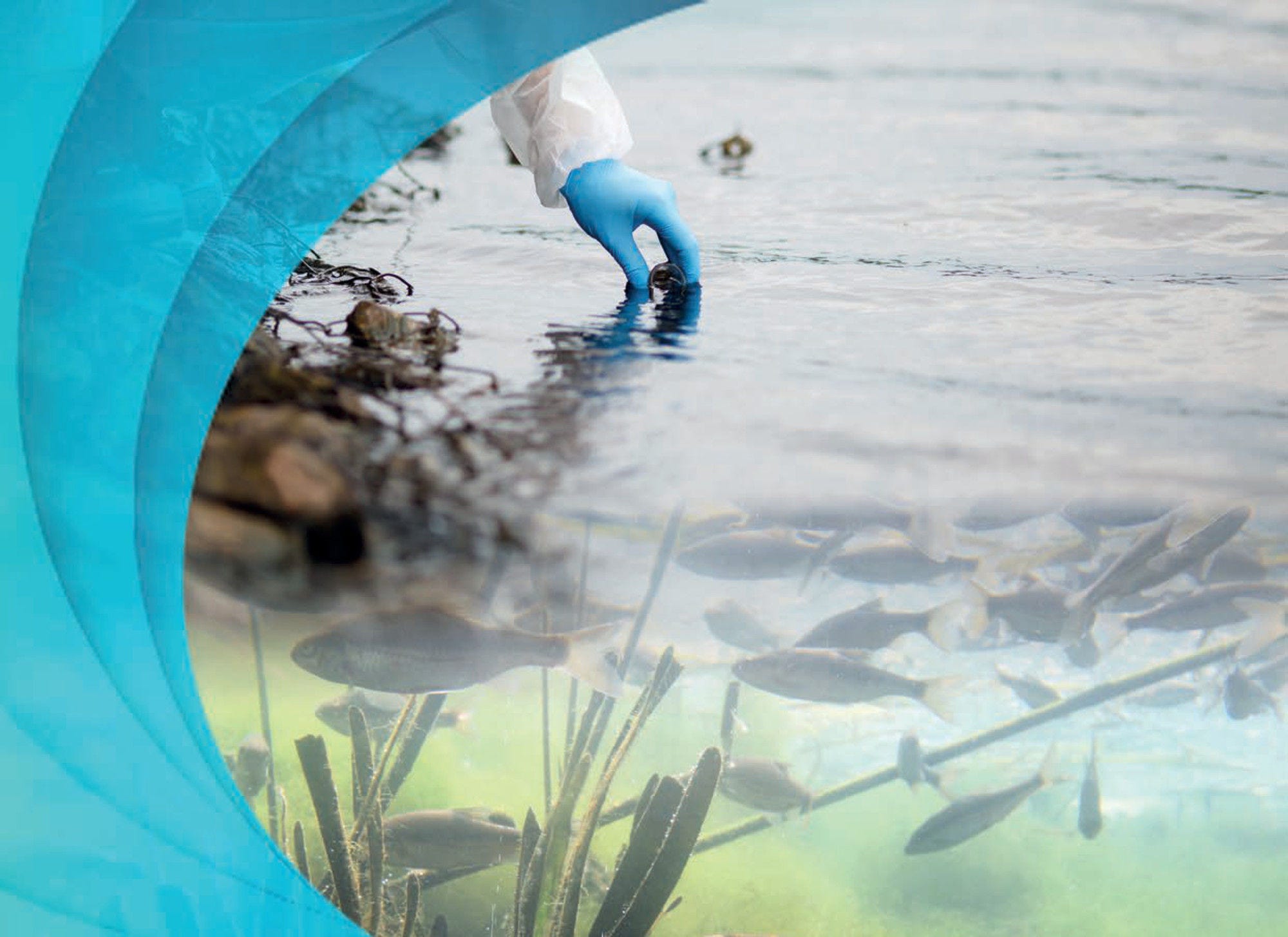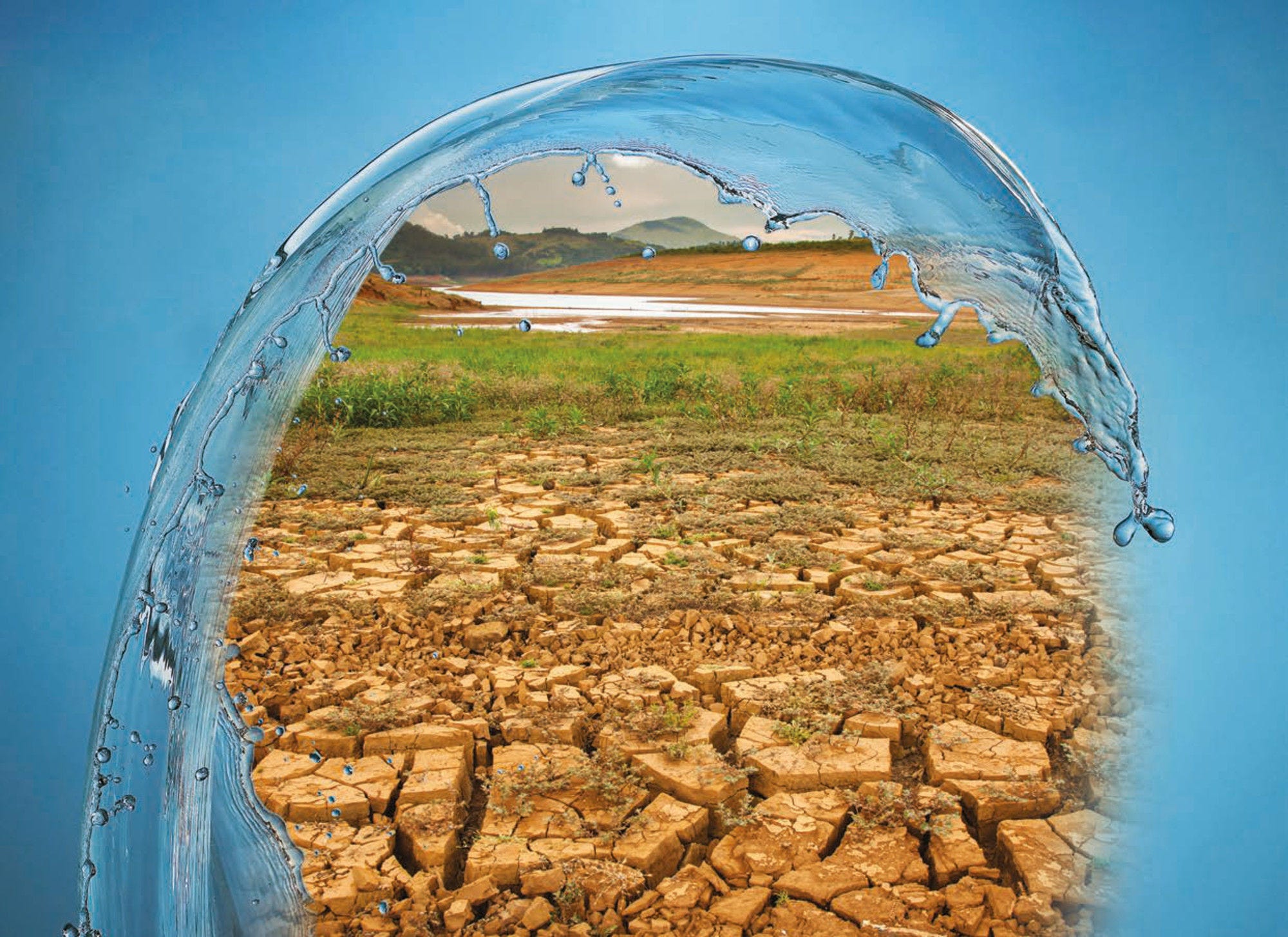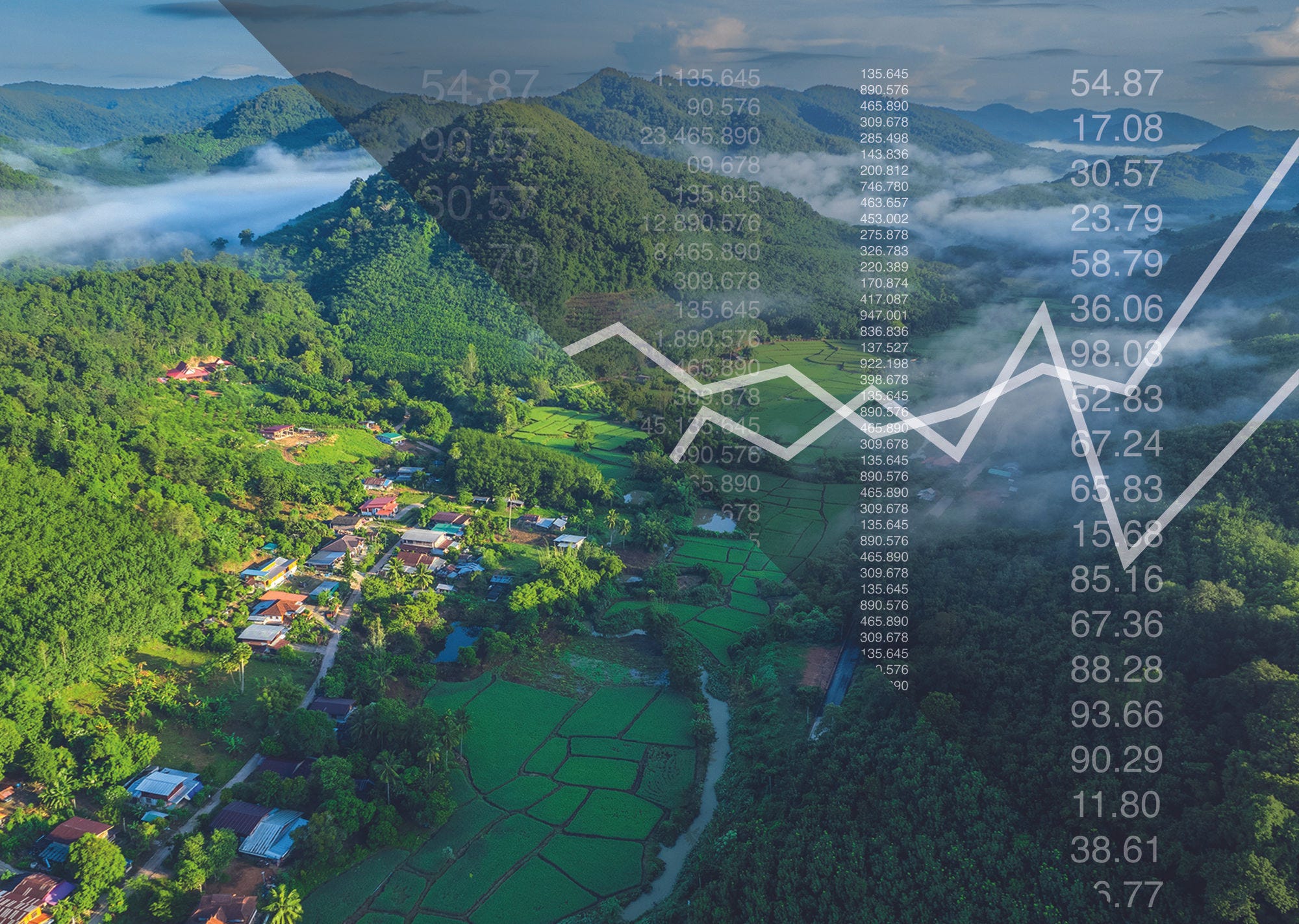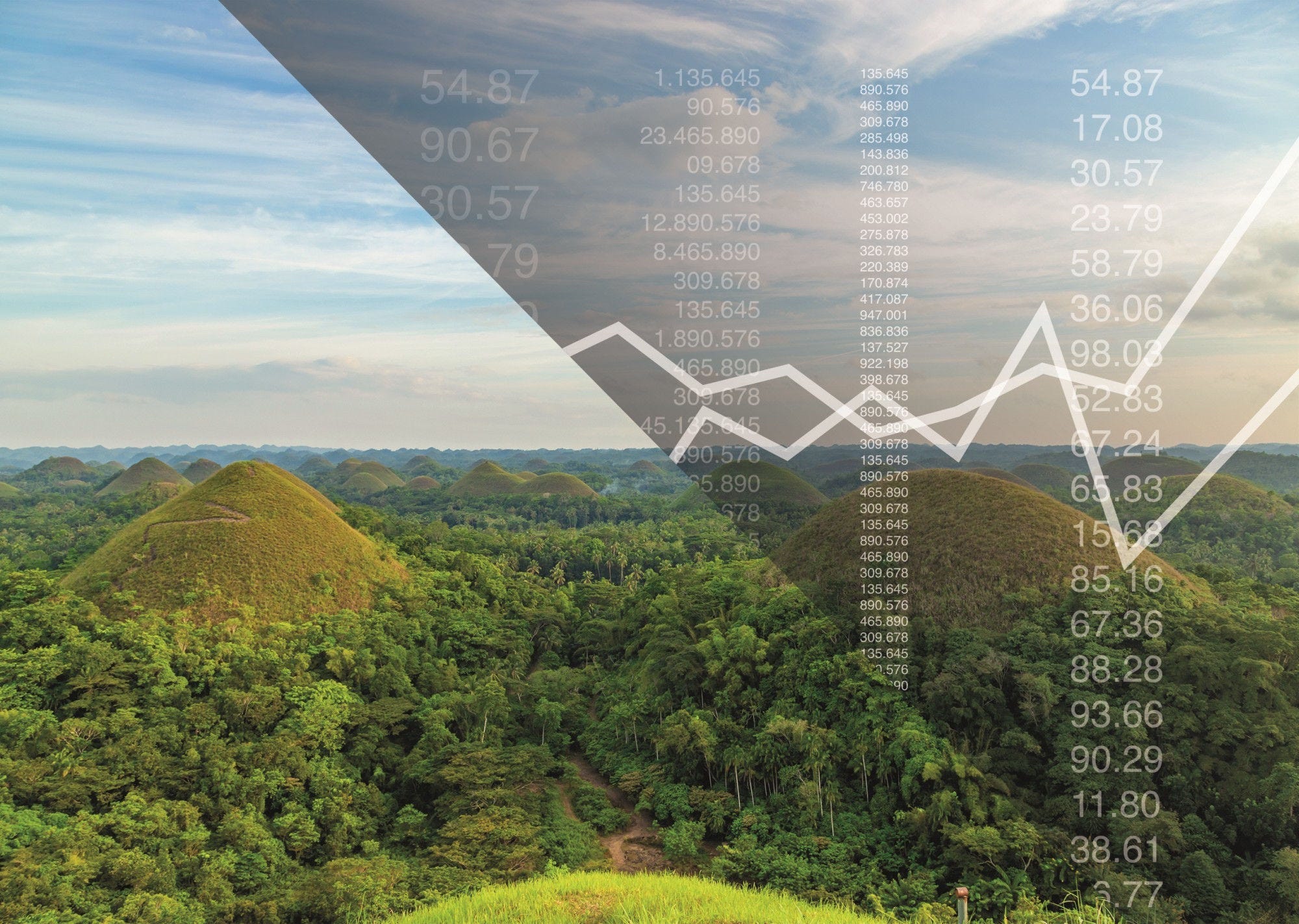The exposure and vulnerability of the agricultural sector to weather-related disasters such as storms, droughts, or floods is increasing. Climate change is likely to exacerbate the extreme nature and frequency of such disasters, with potentially catastrophic impacts on the agricultural sector in several countries of the Association of Southeast Asian Nations (ASEAN). Four ASEAN countries are ranked among the countries most affected by weather‑related disasters worldwide due to their geographical location within the tropics: Myanmar, the Philippines, Thailand, and Viet Nam. Their governments have tended to focus on response and recovery from successive disasters, but the recent milestone weather‑related disasters that have inflicted massive damage and losses to their agricultural sector, points to the need for greater prevention, mitigation and preparation measures.
As smallholder farmers account for a substantial part of the rural population in these four countries – as well as important contributors to national food security – an appropriate policy environment to tackle these weather-related risks is critical. Furthermore, all four countries are currently, or have the potential to become, major players in international agricultural commodity markets, in particular for rice. Providing relevant policy advice to ASEAN countries on limiting the agricultural sector’s exposure to these risks is important for these countries, but also globally as it can help limit the volatility of international commodity markets.
This report aims to identify good policy practices and to provide evidence‑based policy advice to strengthen the ASEAN agricultural sectors' resilience to weather-related disasters. It reviews policy approaches to droughts, floods and tropical storms in Myanmar, the Philippines, Thailand and Viet Nam, which are then compared with good practices as highlighted by OECD recommendations on mitigating risks from droughts and floods in agriculture, governance for strategic disaster risk reduction and management, and disaster‑risk financing strategies and tools. In particular, the report assesses policy instruments to cope with catastrophic risk (classified as risks where individuals and markets are not equipped to respond to the large scale of the disaster) across the risk management spectrum: (i) prevention and mitigation; (ii) preparedness; (iii) response; and (iv) recovery.
The four countries studied have the legal and regulatory frameworks for disaster risk management based on international guidelines and good practices. However, the major challenge they face is to co‑ordinate the activities of the different relevant governmental institutions at national and local levels to implement these frameworks. As a result, the provision of emergency supplies to affected areas, such as food and drinking water, along with agricultural inputs and equipment needed to recover from a disaster, can be slow.
Nevertheless, agriculture is usually well integrated in government disaster risk management activities given its relative importance in these countries' economies. Ministries in charge of agriculture are involved in many dimensions of disaster risk management planning and hold a key role in disaster response activities in rural areas or if any water management infrastructure are involved: dams, levies, or irrigation and drainage networks.
Large water infrastructure projects are a priority for government spending in the region to reach agricultural – in particular, rice – production objectives. This is not coherent with mitigating the impact of extreme-weather events: irrigated farmers, for example, might be encouraged to grow water-thirsty crops, like rice, in areas not naturally suited for such crops, but where it has been made possible by irrigation development.
Awareness among Southeast Asian farmers of practices to reduce their risk exposure is relatively low, and technical advice on how to strengthen resilience is variable. This is due in part to the variable quality of extension advice, which depends on the capacity of the local extension agent, the level of remoteness of the farming community, and the civil society and agribusiness networks that can help transfer knowledge and information. Many on-farm practices and tools that increase resilience could be disseminated without further need for research.
Some economic incentives in ASEAN countries encourage farmer resilience, but many measures in the countries reviewed also counter these policies and increase farmers’ vulnerability to weather-related disasters. Of particular concern are agricultural support measures that distort farmer incentives. Government-provided agricultural insurance also exists in some ASEAN countries, though current policies limit resilience due to design flaws and a focus on water-thirsty crops.
The information systems for weather and water levels are relatively well developed at the watershed level in the countries reviewed. These systems could still be strengthened to improve the geographical coverage of data collection and to provide timely and relevant information allowing farmers to prepare against oncoming weather-related disasters.
The use of financial tools to respond and recover from weather-related disasters is varied. Most low-income households in the region do not have precautionary savings they can use if they are hit by a weather-related disaster. Many farmers in the region are also in a continuous state of debt. Thus, several countries have set up disaster-linked cash transfers providing some compensation in cash to farmers affected by disaster, but the effectiveness of such schemes could be improved. Furthermore, all four countries also resort frequently to debt rescheduling, a useful financial tool to aid the recovery process though it may increase farmer vulnerability: in some countries, interest can be written off for certain loan programmes. Finally, given farmers' limited savings, all four countries provide in-kind agricultural inputs and equipment in areas affected by a disaster.










